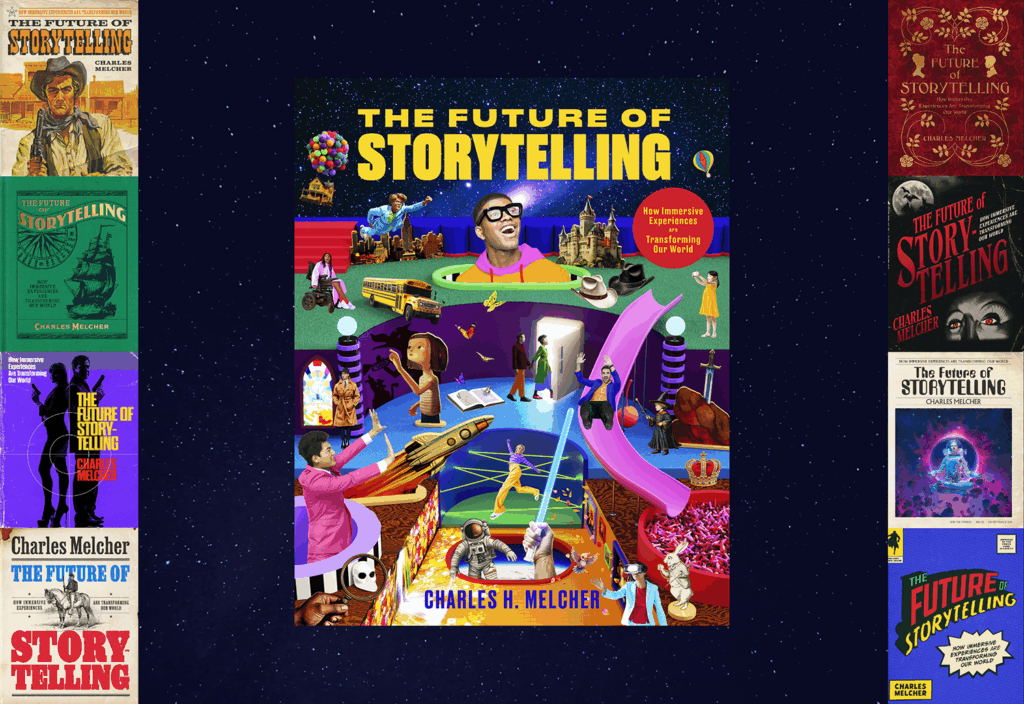You most likely have a digital-marketing strategy to find and educate your online shoppers. You also likely have a retail strategy to communicate to in-store shoppers and convert them to a sale. But are the two working together? They should be, because the worlds of digital and retail are quickly converging.
What if Web users could enter their phone numbers in a rich media banner and coupons could be automatically shifted to their loyalty cards? What if shoppers could walk into a retailer and open a cell phone application to select instant coupons based on their needs that they then redeem paperlessly at checkout? What if a consumer, window-shopping on vacation, could snap a picture of an item they want to purchase and have it automatically charged and shipped to their house without an in-store transaction?
With digital and retail converging, these are all current opportunities or near-future possibilities.
Smarter marketers, a stronger consumer-centric focus, and strategic partnerships are driving a direct link between online and offline behaviors. As the world moves forward, so does the need to maintain a place at the cutting edge of consumer adoption.
Examples of the retail-digital convergence are not difficult to find. In fact, many retailers and manufacturers use them. But the key is to stay ahead of the curve and realize the opportunities to provide new, innovative, and personalized offerings to your audiences. Because consumers are adopting new technologies at an increasingly fast rate, tried and tested methods are becoming less engaging. Consumers use a whole new set of tools to make their lives easier and so should retailers and manufacturers.
Consumers use technology and communication infrastructures to take control of and have greater access to information and services that relieve growing time pressures and allow them to access a greater range of experiences. This opens the door for retailers to connect with shoppers in a way that doesn’t interrupt them, but instead becomes a part of their dialogue. For example, smart-phone applications can select the best product for a shopper’s individual needs, and scanned barcodes can instantly compare prices across competitors’ stores and online sites to ensure that the consumer is getting the best deal, all without lengthy research. Another example is in-store digital kiosks that use video cameras and LCD screens to virtually place products in shoppers’ hands or clothes on shoppers’ bodies, eliminating the need to try on clothing.
Digital signs are showing up in elevators, on billboards, at gas pumps, and, most notably, inside retailers. Not only are we seeing acceleration in the spread of digital in-store networks, we are also beginning to see strong digital innovations at eye-level on shelf.
Web-based, back-end systems allow for up-to-the minute programming as well as more customizable messaging. This is tremendously exciting because it creates an opportunity to bring new strategies to retail. For example, what if we could take successful e-commerce tactics such as user reviews or “people who bought this also bought that,” and bring them to brick-and-mortar shelves? Imagine a digital screen in front of a new product at shelf, streaming user comments from real consumers. Or imagine a consumer pulling an item off the shelf and a digital screen at eye-level changing its message to recommend a product that goes well with what’s in hand.
An even more shopper-centric innovation is offering ads/promotional messages to shoppers at the moment of decision through a self-service shopping solution that delivers relevant offers to shoppers based on loyalty data. This technology represents the kind of innovation that is at the heart of the convergence of digital and retail.
In France, kiosks that dispense sample fragrances use face-recognition technology to decide whether the shopper is a man or woman. The kiosk then determines which fragrances should be dispensed based on the shopper’s gender. A similar technology is being used in Japan; it can target ads to passing consumers by using face-recognition software that determines their age range and gender.
Unlike some promotions, the benefits of using these technologies are tangible and include measurement, relationship-building, and cost-savings opportunities.
While traditional retail thinking has 70% of purchase decisions made in-store, a new 70% statistic has surfaced. According to a Prospectiv survey, 70% of respondents said they had undertaken Internet research on “everyday grocery products.” From product research to growing loyalty programs, from alternative personalized couponing to new growing digital channels, the Web’s impact on retailing will be a game changer in the next few years.
Morgan McAlenney is senior vice president and digital czar at The Integer Group. He can be reached at mmcalenney@integerdenver.com.



